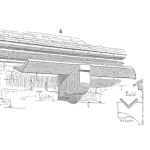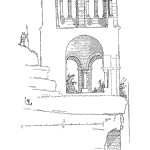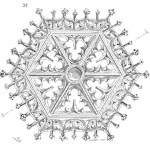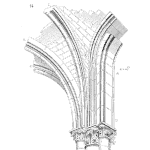
What if you knew all the possible outcomes for your product’s reliability performance due to component variations, for example? What if you knew the future with enough certainty to make a difference?
Building on brainstorming, what-if analysis involved using models or prototypes that allow you to change something and see how it alters the output or performance. What if we change this support bracket from iron to aluminum? What if we swap out this 100 ohm resistor for a 200 ohm one?
As a curious engineer you could spend many, many hours conducting what-if based experiments, so there is a bit more to this idea then just a random walk of changes. [Read more…]












